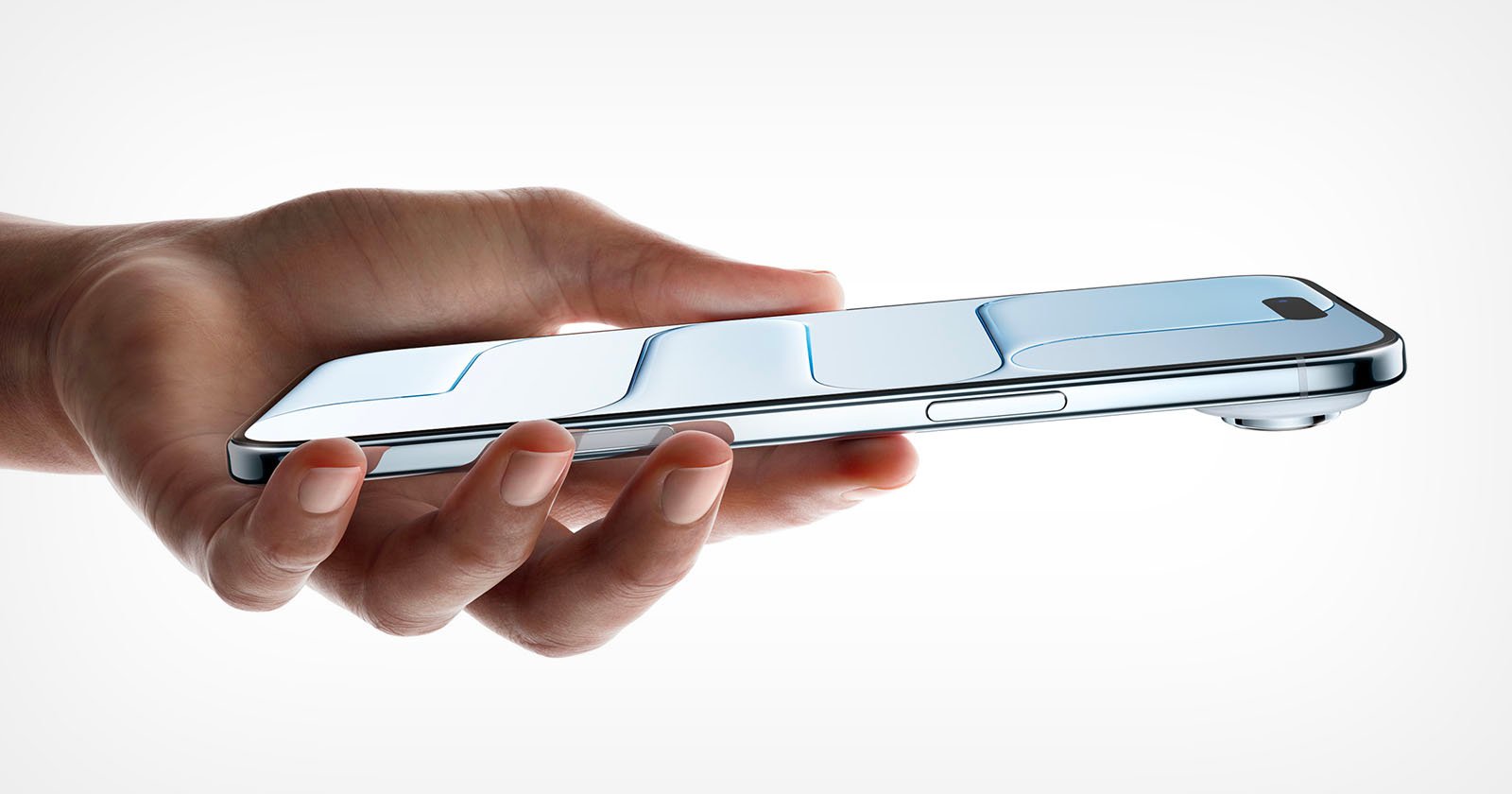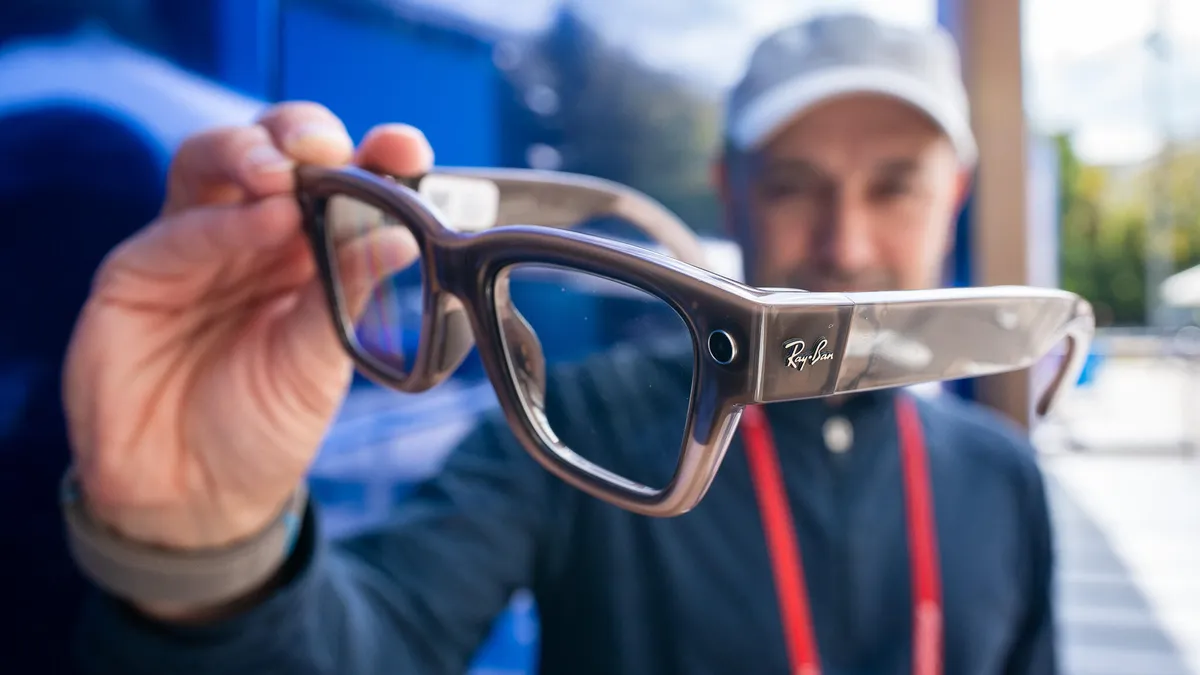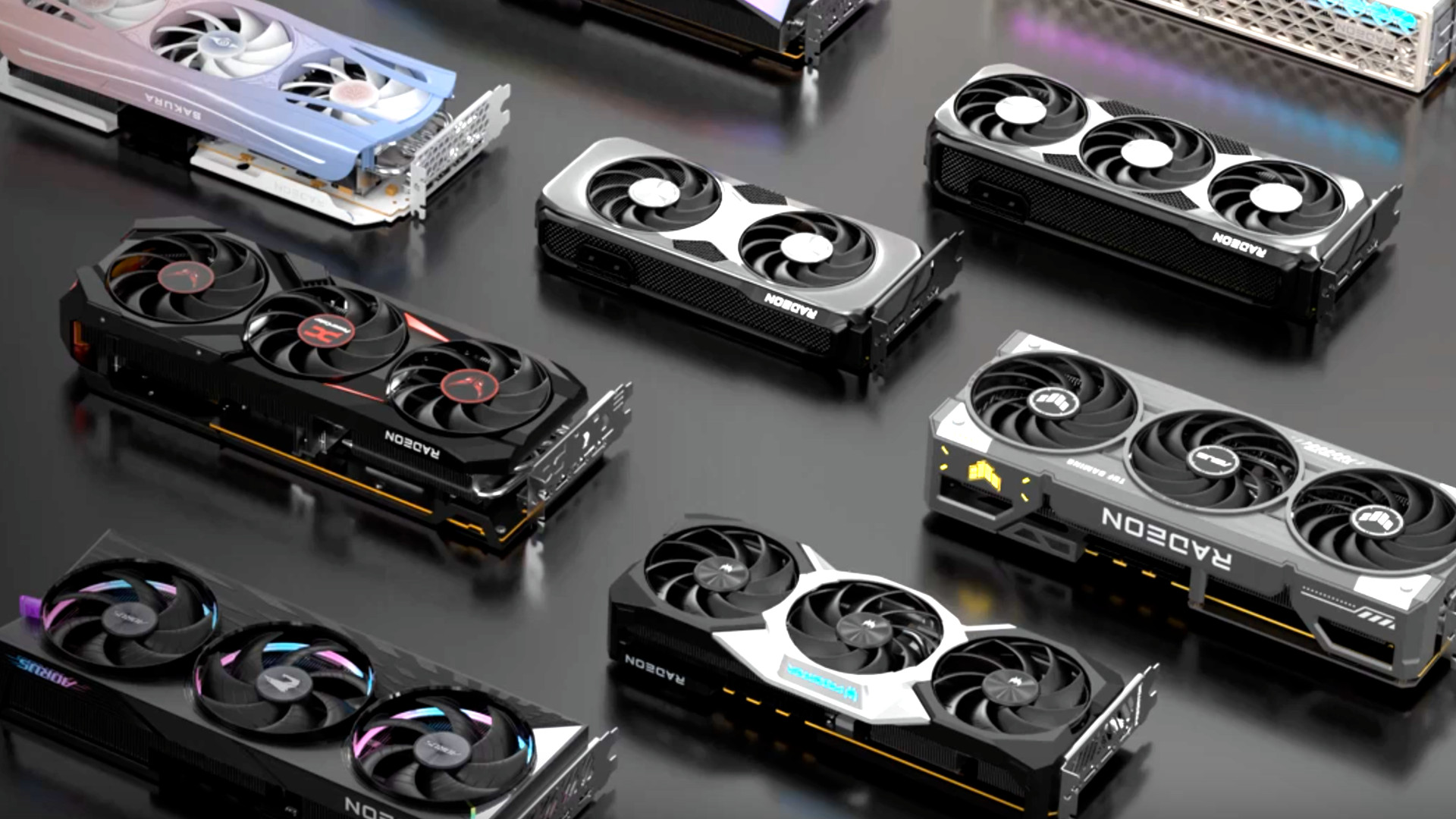
In Mark Gurman’s latest “Power On” newsletter, the longtime Bloomberg analyst speculates that this year’s ultra-thin iPhone Air offers an early look at Apple’s highly anticipated, oft-rumored foldable phone slated to arrive in 2026.
“The foldable iPhone will be the star of Apple’s 2026 product lineup and work continues in Cupertino as well as with the company’s supplier and assembly partners overseas,” Gurman writes, adding that “noise” suggests that manufacturing will take place in at least China. However, Apple’s facilities in India may also manufacture the foldable iPhone.
“As for how the foldable iPhone will look, I am increasingly told that users should imagine two titanium iPhone Airs side-by-side,” Gurman adds. “In other words, it’s going to be super thin and a design achievement.”
Supposing the foldable iPhone, which has been discussed on rumor websites for years, resembles two iPhone Air models joined at the hip, it would make the foldable iPhone relatively thin, although not as thin as the thinnest foldable on the market without further refinement. The iPhone Air is 5.6 millimeters (0.22 inches) thick, which is very thin. However, a foldable like the Samsung Galaxy Z Fold 7 is 8.9 millimeters (0.35 inches) when folded and just 4.2 millimeters (0.17 inches) when unfolded. Apple could theoretically reduce the thickness of its iPhone Air for a foldable design, as it could spread out components more, including the battery.
Granted, most foldable phones are not nearly as thin as the Z Fold 7. The new Google Pixel 10 Pro Fold is 10.8 millimeters (0.43 inches) thick when folded, for example, which is in the ballpark of a couple of iPhone Air smartphones stacked on top of each other.
Another commonality among nearly every foldable on the market is a high price point. Gurman believes Apple’s debut foldable will be “ridiculously expensive” compared to other iPhone models, and could cost “at least $2,000.” While not a precise corollary, it is worth noting that the iPhone Air starts at $999. Theoretically, two of them attached wouldn’t come cheaply. The Google Pixel 10 Pro Fold is $1,799, while the Samsung Z Fold 7 starts at $2,000.
In a previous issue of “Power On” in August, Gurman wrote that the foldable iPhone will feature four cameras: one on the front, another on the inside, and a pair of cameras on the back. He also speculated that the foldable will follow the iPhone Air’s lead and ditch a physical SIM card altogether.
This would be a departure from the iPhone Air in terms of cameras, as Apple’s super-thin phone has just a single rear camera. Even though Apple touts its iPhone image cropping as being like a zoom lens, it would be far better for a folding iPhone to have multiple rear cameras with different focal length lenses.
“I’ve been clamoring for a foldable iPhone for years, and Samsung has proven how valuable the category is for power users and video watchers,” the technology analyst wrote in August. “I think once people try foldables, they’ll never want to go back.”
PetaPixel’s Take
The market has been less receptive to foldable phones overall, although sales have increased this year. Despite what some analysts argue, foldable phones are generally costly, often compromise on camera technology, and are a tough sell when customers can simply use a tablet or laptop when they want to enjoy large-screen video content on the go.
Apple has played the long game with its foldable phone, and it will be interesting to see if the patient approach pays off. I remain unconvinced that foldable phones are close to having widespread market appeal, especially given their premium price points and consistent, seemingly unavoidable compromises in terms of camera specs and performance. When trying to make a device as thin as possible, as the new iPhone Air demonstrates, sacrifices must be made, including to the camera system. Is a larger fold-out screen worth the cost, both in terms of actual dollars and overall performance? I don’t think so.



